Is Canon developing a Komodo killer? New patent for Red-style camera found
Is Canon thinking about competing with Red and its Komodo box-style cine camera? New patent filed might suggest so...
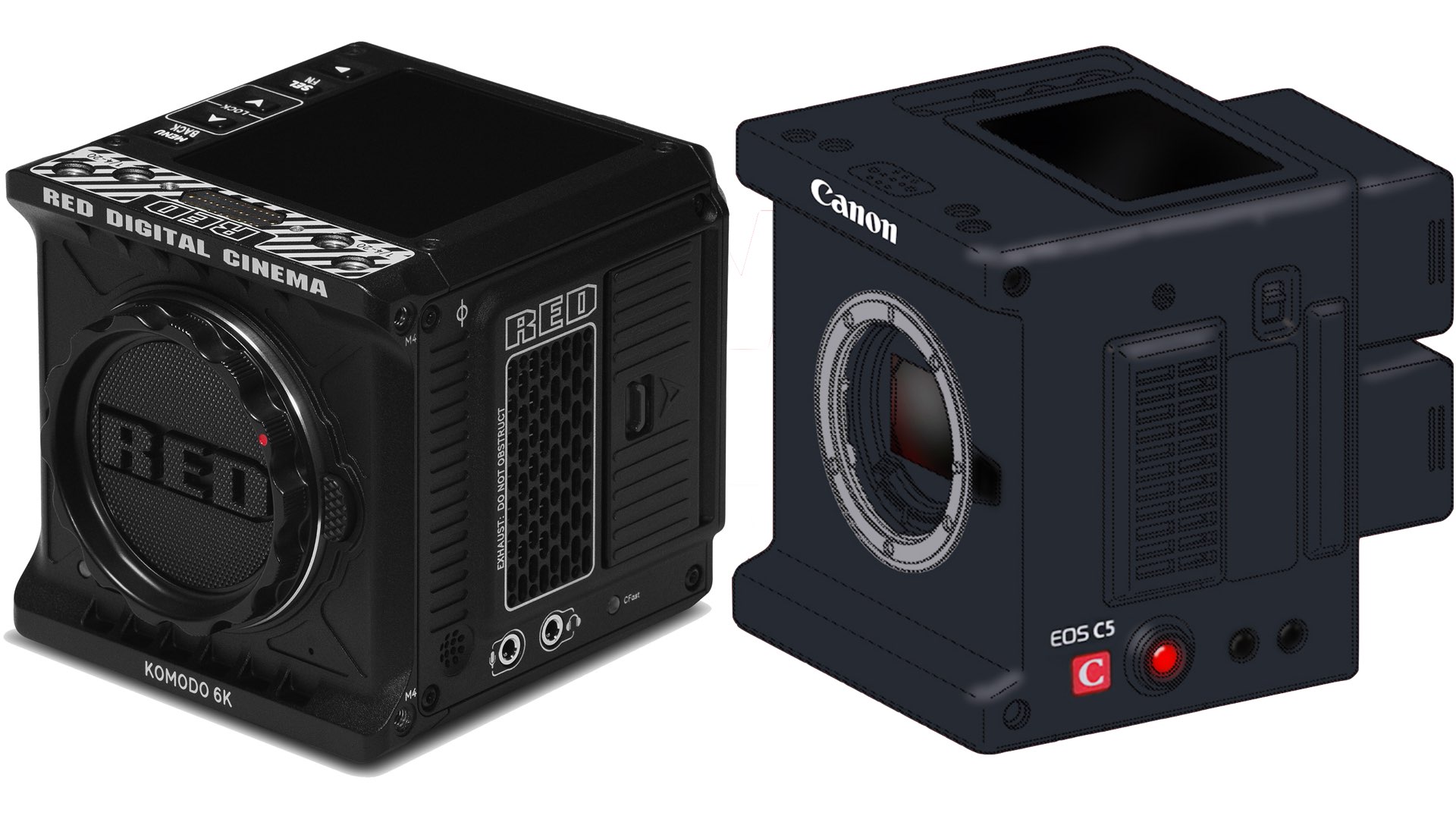
News struck the Canon Rumors website recently that Canon might be making a box-style camera to compete with Red Digital Cinema’s popular Komodo system. And now it appears that there might be some fire with this smoke, as YM.Cinema reports that it is now confirmed with a United States patent application.
Application number 20210232024, published on July 29 last year, clearly shows Canon have files designs for a high-end compact cinema camera that is capable of shooting high resolution, is equipped with a large sensor and could have built-in internal ND filters, rumors suggest this could be the EOS C5 that has been rumored, however there is nothing to back that claim, other than this looks somewhat similar to Red’s very popular cine camera, the Red Komodo.
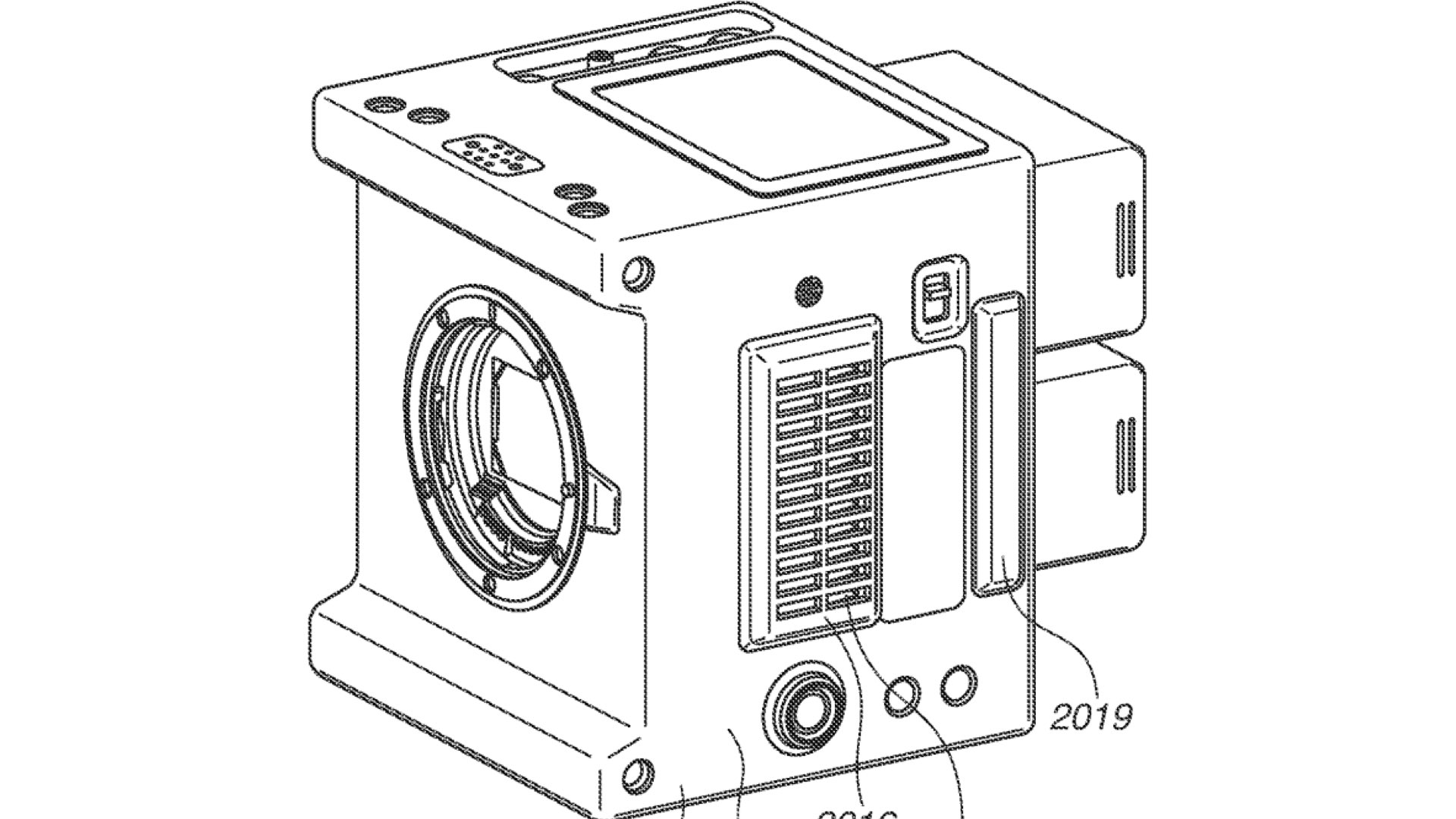
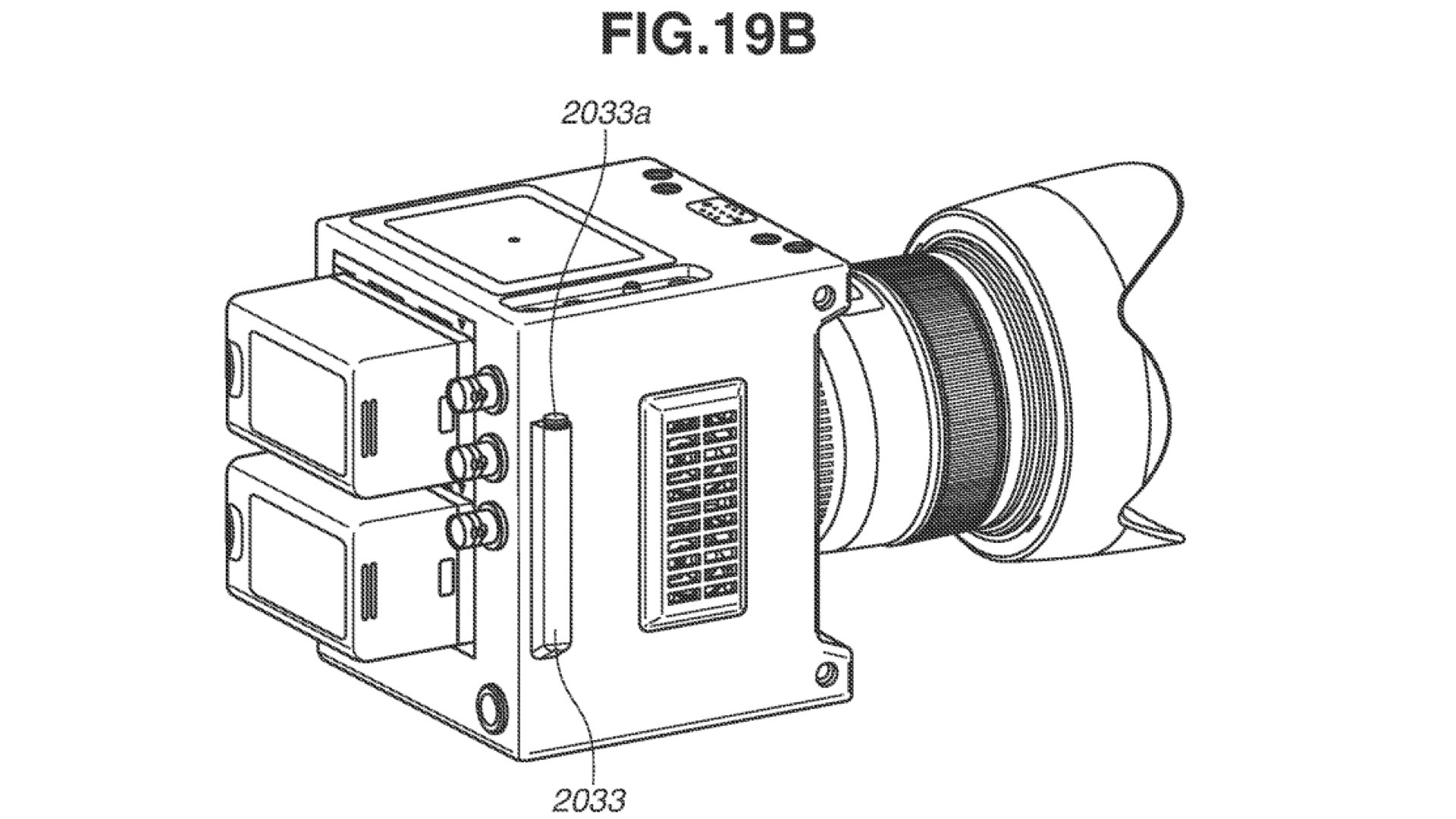
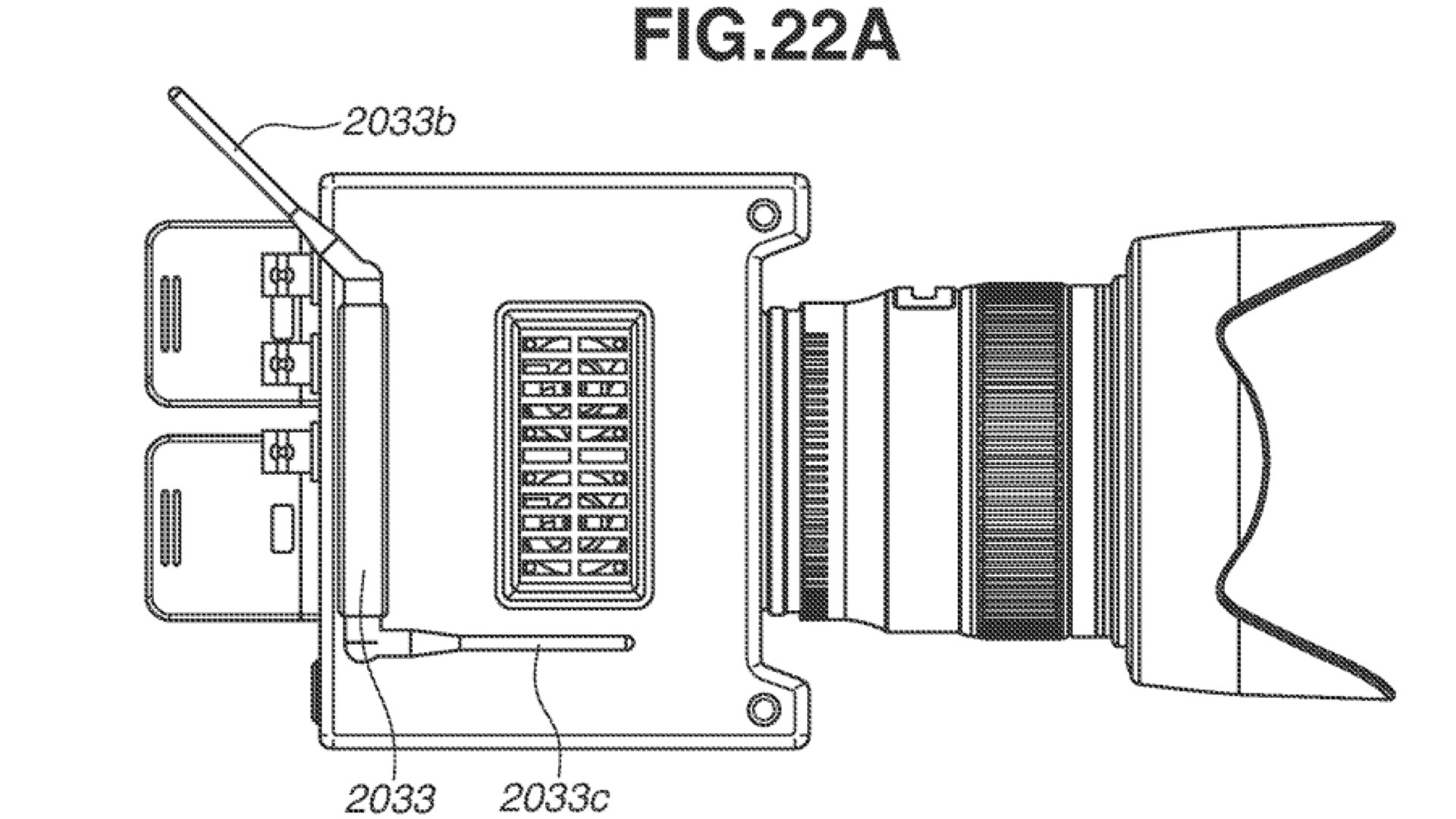
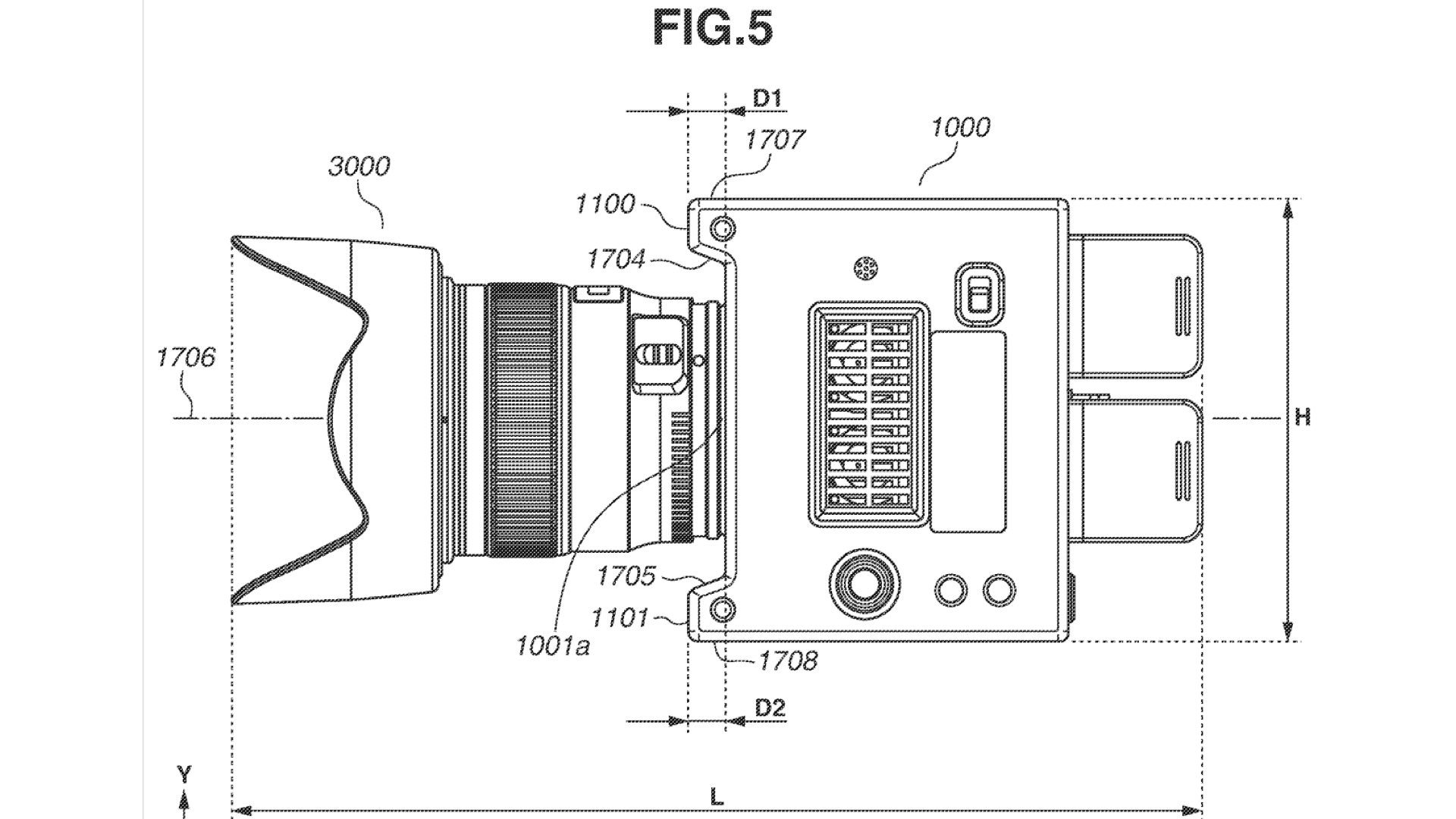
To add a bit of context to this story, Red Digital Cinema first hit the cine scene with their marvel the Red One in 2007, this was the first digital cine camera that came to the market that could not only be used by Hollywood productions, thanks to is 4.5K sensor, 120 frames per second in 2K crop and 60p at UHD 4K, but also made it available to independent filmmakers thanks to its “low” cost at the time of: $17,500 / £12,948 / AU$ 24,637. Those figures may sound mind-boggling today, but this was the first consumer cine camera that made its way into the hand of the masses and snow-balled the independent filmmaker revolution that we now today.
Since the Red One, Red focused on developing cameras, which they call “brains” to be the most compact they could be, to open up various possibilities that could not have been done before, due to the large size of competitors offerings. Fast forward to June 2020 and Red unveiled its first “box” camera, equipped with a global shutter. This was capable of producing a 6K image from its 19.9 MP super 35mm sensor and offers 16 stops of dynamic range and a vast array of recording formats to suit Hollywood and indie films alike. Most notably it offered 6K at 40p, 5k and 48p, 4K 60p and 2k at 120p - all available in RAW format with internal recording. The power, modularity and size of this product revolutionized the workflows and how shorts, feature films and independent projects were shot forever, due to the lightweight and convenient size of the Red Komodo.
So why is this new Canon patent so interesting?
Firstly, size... Size really does matter when you're trying to rig a cine camera for lightweight run-and-gun style documentary filmmaking, if your rig is lighter you can go for longer. On the Hollywood front, having a camera small enough to mount within the cabin of a car, for example offers greater recording capabilities when planning how to shoot a movie, also if you want car chase scenes, having a lighter, smaller camera obviously means you can save costs on hiring a bigger crew, shot over, crane etc… the list goes one. Also, having a smaller cine camera allows the independent filmmakers to customize their rig just how they light it and offer all the abilities mentioned above and more.
One fact overlooked by many is most Red uses are restricted to the lens they can use by the lens mount of the Red Komodo, which is has an RF mount and a RF to EF mount adaptor for full electronic communication - so you are going to have to use Canon lenses, even with older models of Red’s ecosystem of digital cinema cameras, all have been produced with the option to use Canon EF mount lenses, Komodo being the first to offer native RF lenses.
So the user base for cinematographers shooting on Canon glass is long established and if Canon makes this 8K, built-in screen, RF/EF mount box-style cine camera with great specs, externally similar to that of the Red Komodo, it makes sense for many users to make the switch from Red to a full Canon system.
The best camera deals, reviews, product advice, and unmissable photography news, direct to your inbox!
This style of cinema camera also fits in nicely with Canon Cine line-up, if you think hard, Canon only have the newly announced Canon EOS R5 C to be used for remote, and hard to reach shooting, and it is well equipped to do that however, it is not equipped with industry standard lomo plugs, stop/start functions built-in, internal ND filters, built-in wireless video feeds, hot-swap batteries, the list is actually quite extensive and would make perfect sense from Canon’s perspective to add this to its cinema line-up to be used in tight working spaces and offer something truly unique to the Canon cine eco system.
When this box-style camera might be released, or even if it sees the light of day is a complete mystery to us all for the time being. However, it is great to see other manufacturers developing cameras for this space.
Yes, to the untrained eye, this is a carbon copy of the Red Komodo - they do say that Imitation is the sincerest form of flattery? - Only you can be the judge of that, but we think it can only work out for the best that more manufactures, Like Canon research and develop more compact, yet powerful solutions for cinematographers.
Read more:
Best cameras for filmmaking
Best 8K cameras
Best audio recorders for filmmakers
Best Canon RF lenses
Best cine lenses

For nearly two decades Sebastian's work has been published internationally. Originally specializing in Equestrianism, his visuals have been used by the leading names in the equestrian industry such as The Fédération Equestre Internationale (FEI), The Jockey Club, Horse & Hound, and many more for various advertising campaigns, books, and pre/post-event highlights.
He is a Fellow of the Royal Society of Arts, holds a Foundation Degree in Equitation Science, and holds a Master of Arts in Publishing. He is a member of Nikon NPS and has been a Nikon user since his film days using a Nikon F5. He saw the digital transition with Nikon's D series cameras and is still, to this day, the youngest member to be elected into BEWA, the British Equestrian Writers' Association.
He is familiar with and shows great interest in 35mm, medium, and large-format photography, using products by Leica, Phase One, Hasselblad, Alpa, and Sinar. Sebastian has also used many cinema cameras from Sony, RED, ARRI, and everything in between. He now spends his spare time using his trusted Leica M-E or Leica M2, shooting Street/Documentary photography as he sees it, usually in Black and White.
